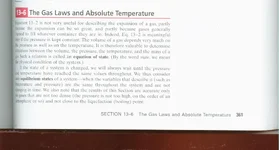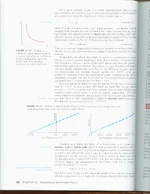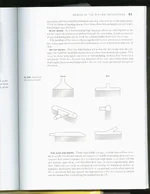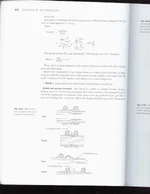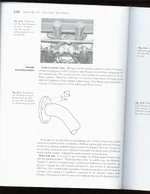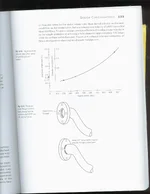GA_MZDASPEED said:Hot air is thinner (less mass/volume, very low viscosity) and can be forced through smaller openings using less energy (think: water through a straw vs milk shake) the milk shake IS less dense but more viscous. If fluid dynamics can be used for advanced aerodymanics it makes sense that the idea of viscosity can be used in this discussion. the opening that ALMOST ALL of exhaust gases exit the turbo through is very small. this is done on purpose the small opening creates the EXTREME velosities that are needed to spool up the turbo and compress the cooler denser air on the compressor side. between the exhaust pulses of the engine these high velocity gases will accually PULL the slower gases behind it. the gases that get compressed on the compessor side rise in tempeture by hundreds of degrees. these now hot gases must now exit the compressor housing and do so through a relatively small opening to maintain this velosity and take advantage of the scavenging effect the high velosity gas has on the gases behind it. this means that the velocity of the hot gas is most important.(hot charge air in this instance) equal volume of gas through smaller hole = higher velocities
these gases then pass through the intercooler (or interwarmer) and emerge out the other side cooler denser and harder to push through the same diameter piper. while you can do it if you want to it will compress the gases and reheat them some (SEE : ideal gas law). the larger diameter pipe will move the gases with minimal reheating of the charge air.
also the velocity of the intake charge it not as important as one would think (in the charge pipe). the intake manifolds on modern engines are HIGHLY engineered to take advantage of the intake stroke pulses and tuned to produce a compromise of volume and velocity through the length and shape of the intake runners in combination w/ the specific volume of the plenum feeding those runners....so the intake charge velocities are generated there and the charge pipe can be larger to keep the reheating to a minimum.....you know.........maybee?
(blah)(blah)(blah)(blah)
First,
Thanks for the insight. I can see this side of the arguement. Basically, we are to flow the hot thin air through the smaller pipe, since it flows easier and we can keep the high velocity up as much as possible to aid in the filling of the system. You talked about scavenging low pressure air behind- but I think that only applies to the exhaust side (and only pre-turbo). I would think the intake side would approach a smooth flow the faster the turbine spins. Nevertheless, the outlet on the turbo is small, probably is for a reason.
Then after the air goes through the IC, it is more dense, which makes it a little harder to push through piping, so we ease the restriction and make the piping larger. However, we must also remember that now there is a smaller volume of air to travel through that pipe, which in itself will take away some restriction in flow through the piping. Without a lot more knowledge in the physics department I cannot prove or disprove either concept, but I know that each has merit on its own. One would win out over another, maybe the happy medium is in fact the larger pipe to feed the TB.
I guess I could do my PVC poor mans FMIC piping with both sizes and see what works better, turbo lag, etc. But I don't have access to a dyno, so the data would not be available. I could do an RPM slope graph with the LM-1, but that wouldn't show HP numbers, only relative numbers acceleration. But, it would tell which worked better, (if even measurable). And then the whole weather condition stuff comes in, and its probably a worthless test.
Okay, I think I'm sold on 2" to the IC and 2.5" to the TB. Plus it will be easier to run the 2" to the FMIC in the first place. And that's worth something . . .

